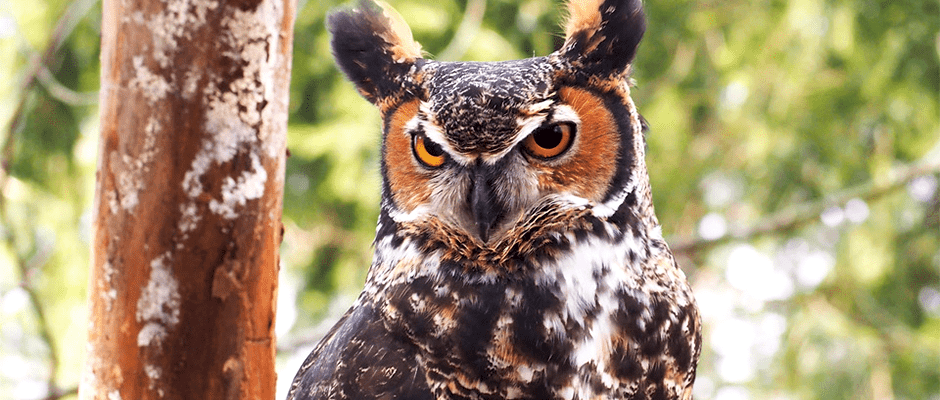Share this article
Humans likely behind most Ontario raptor deaths
Birds face increasing hazards as cars hurtle down highways and skyscrapers rise against the horizon. In Ontario, researchers found human development was probably the primary driver of raptor mortality over the past 25 years.
“The major two causes of death may be related to human activity,” said Nicole Nemeth, senior author on the paper published in the Journal of Wildlife Diseases.
Then an assistant professor with the University of Guelph’s Department of Pathobiology, Nemeth and her collaborators investigated data from the Canadian Wildlife Health Cooperative on raptor carcasses collected in Ontario from 1991 to 2014. They looked at 1,448 birds belonging to 29 species, including 308 red-tailed hawks (Buteo jamaicensis) and 237 great horned owls (Bubo virginianus), submitted by residents for diagnostic evaluation. The study didn’t involve birds that died in locations that were remote or hidden from human view.
They found that while West Nile virus remains a threat, the two biggest factors causing mortality in raptors were trauma and starvation — both of which may be related to human activities, such as changes to the landscape.
“Trauma is something we recognize as a risk to raptor health,” Nemeth said, because it killed almost half of the animals studied. “These birds are likely to be found aside roads because one of the things that causes trauma is vehicle collision or collisions with buildings, electrical wires or other human-made structures.”
The scientists identified the next biggest factor behind the raptor deaths as emaciation, which occurred in one-sixth of their cases.
“In northern regions like Ontario, animals can have a difficult time finding food,” Nemeth said. “There are many reasons why there might not be available resources, but one is the things humans might be doing, like habitat changes, so we keep conscious of that possibility.”
These results agree with diagnostic research conducted in the United States, Europe and elsewhere, she said.
Since West Nile virus entered Ontario in 2001, Nemeth said, it also claimed the lives of over 113 raptors examined.
“West Nile is a major infectious cause of death in raptors,” she said. “It is a concern. It’s continued to be diagnosed in raptors across North America, and we worry about population-level effects in a number of species of raptors. For wildlife biologists, veterinarians and rehabilitators, that’s another reminder the virus is still out there even though studies have waned on West Nile virus over the years.”
To help create a safer environment for raptors, Nemeth and her colleagues hope to draw attention to man-made factors that lead to their mortality.
“Redesigning buildings and other structures with wildlife in mind is something we need to work toward,” she said. “But also being aware of the always-important issue with conservation — habitat availability and quality greatly affects wildlife, especially raptors that need enough prey to breed and continue their existence.”
Header Image: A great horned owl perches among the trees in Ontario. ©Bruce Shapka








